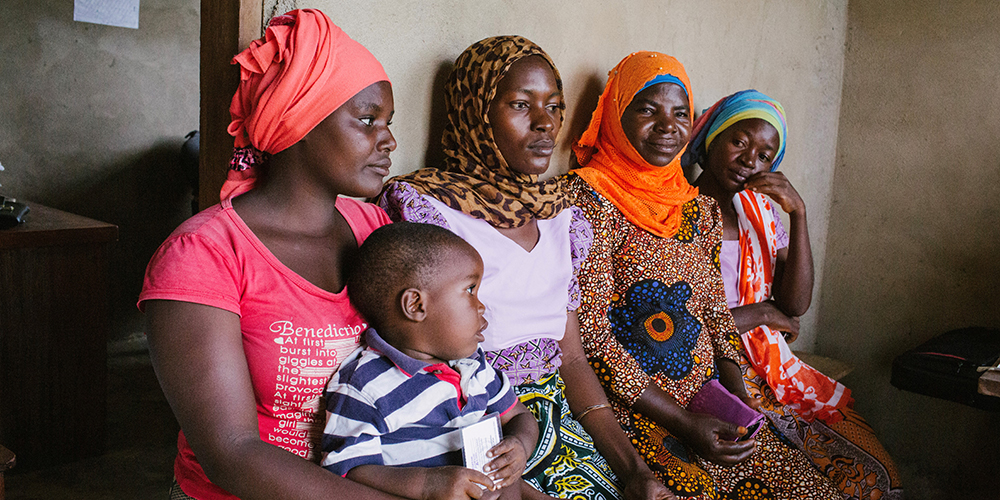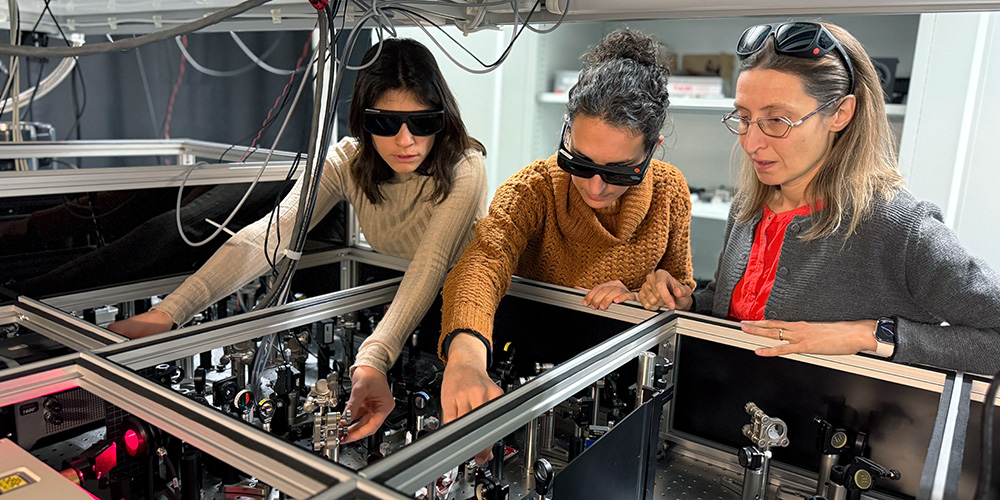Infusion more effective than tablets: Treatment of iron anaemia in rural Africa
Iron-deficiency anaemia is a major concern in low income countries, especially for women. A study conducted in Tanzania has now demonstrated the advantage of iron infusion therapy over the usual treatment with iron tablets. This was reported by an international research team in the journal "The Lancet Global Health".
25 November 2020
In sub-Saharan Africa, anaemia is a major public health concern with roughly 60 percent of the population suffering from anaemia. Around half of those cases are due to iron deficiency. Anaemia has a negative impact on an individual’s quality of life, and the economic development of a country. Women are at particularly high risk, and their risk increases during pregnancy, childbirth and postpartum.
An international study led by the University of Basel, the Swiss Tropical and Public Health Institute (Swiss TPH) and the Ifakara Health Institute in Tanzania for the first time compared the safety and efficacy of iron infusion versus oral iron tablets to treat iron-deficiency anaemia. Results showed that iron infusion is highly effective in low-income settings compared to oral iron tablets.
Infusion regenerates iron storage
In this phase III clinical trial, postpartum women in Bagamoyo and Dar es Salaam received either an iron infusion or oral iron tablets to treat their iron-deficiency anaemia. A total of 533 women were screened, 230 of whom participated in the study.
The study found that 80% of the women who received an iron infusion had normalised levels of haemoglobin after just six weeks, compared to 51% of women who were given the oral iron tablets. Importantly, the women who received the iron infusion continued to have better haemoglobin and ferritin levels after one year, indicating that the iron storage in their bodies had been regenerated.
"This is an important finding, particularly for women who have subsequent pregnancies but do not seek medical care between births," says Sandrine Meyer-Monard, study author and lecturer at the Faculty of Medicine at the University of Basel. "Providing an iron infusion during their time at the hospital is a powerful strategy to deliver a straightforward, effective and longer-lasting iron supplementation before discharge," states Professor Claudia Daubenberger, Head of the Clinical Immunology unit at Swiss TPH.
Tablets vs. infusion
The currently recommended therapy for iron-deficiency anaemia in low-resource settings is daily oral iron tablets. These tablets are affordable, but they require strict compliance over a long period of time and may cause side effects. Iron infusion, while more expensive than oral iron tablets, requires just one or two doses, and treatment can be delivered at time points coinciding with routine medical visits.
"Treatment with iron infusions is routinely done in high-income settings and is increasingly replacing oral iron tablets," says Dr. Fiona Vanobberghen, study author and research associate at the University of Basel and Swiss TPH. "This study shows that infusions can be delivered safely in district hospitals in a resource-limited setting."
Further, the infusions can be stored at room temperature, and have a shelf life of three years making the supply chain of this product manageable.
This study was funded by Vifor Pharma, the R. Geigy Foundation, the Voluntary Academic Society and the Swiss TPH.
Original source
Fiona Vanobberghen, Omar Lweno, Andrea Kuemmerle et al.
Efficacy and safety of intravenous ferric carboxymaltose compared with oral iron for the treatment of iron deficiency anaemia in women following childbirth in Tanzania: a parallel, open-label, superiority, randomised controlled phase III trial
Lancet Global Health (2020), doi:10.1016/S2214-109X(20)30448-4
Further information
Dr. Fiona Vanobberghen, University of Basel / Swiss Tropical and Public Health Institute, phone +41 61 284 87 16, email: fiona.vanobberghen@unibas.ch



